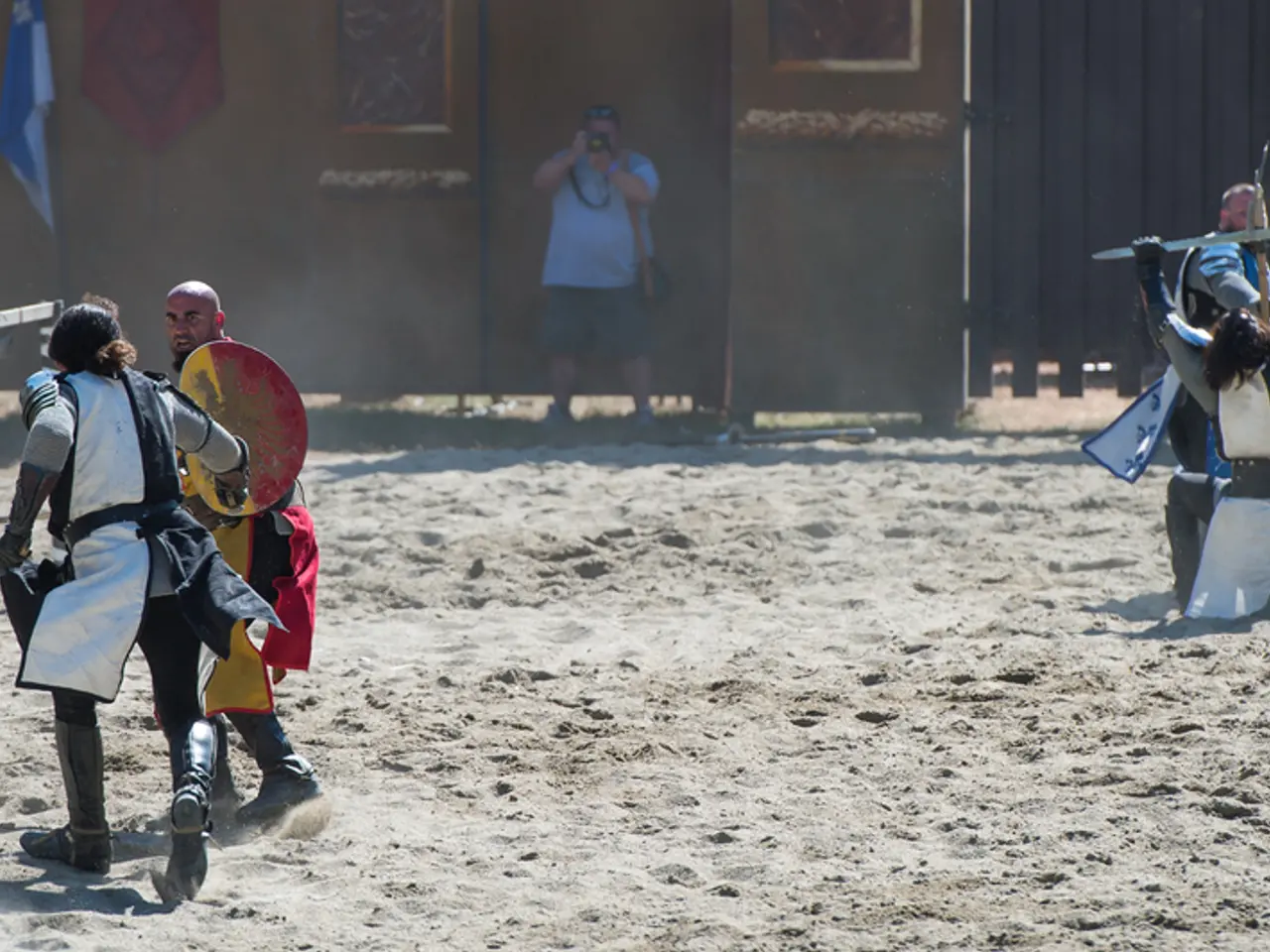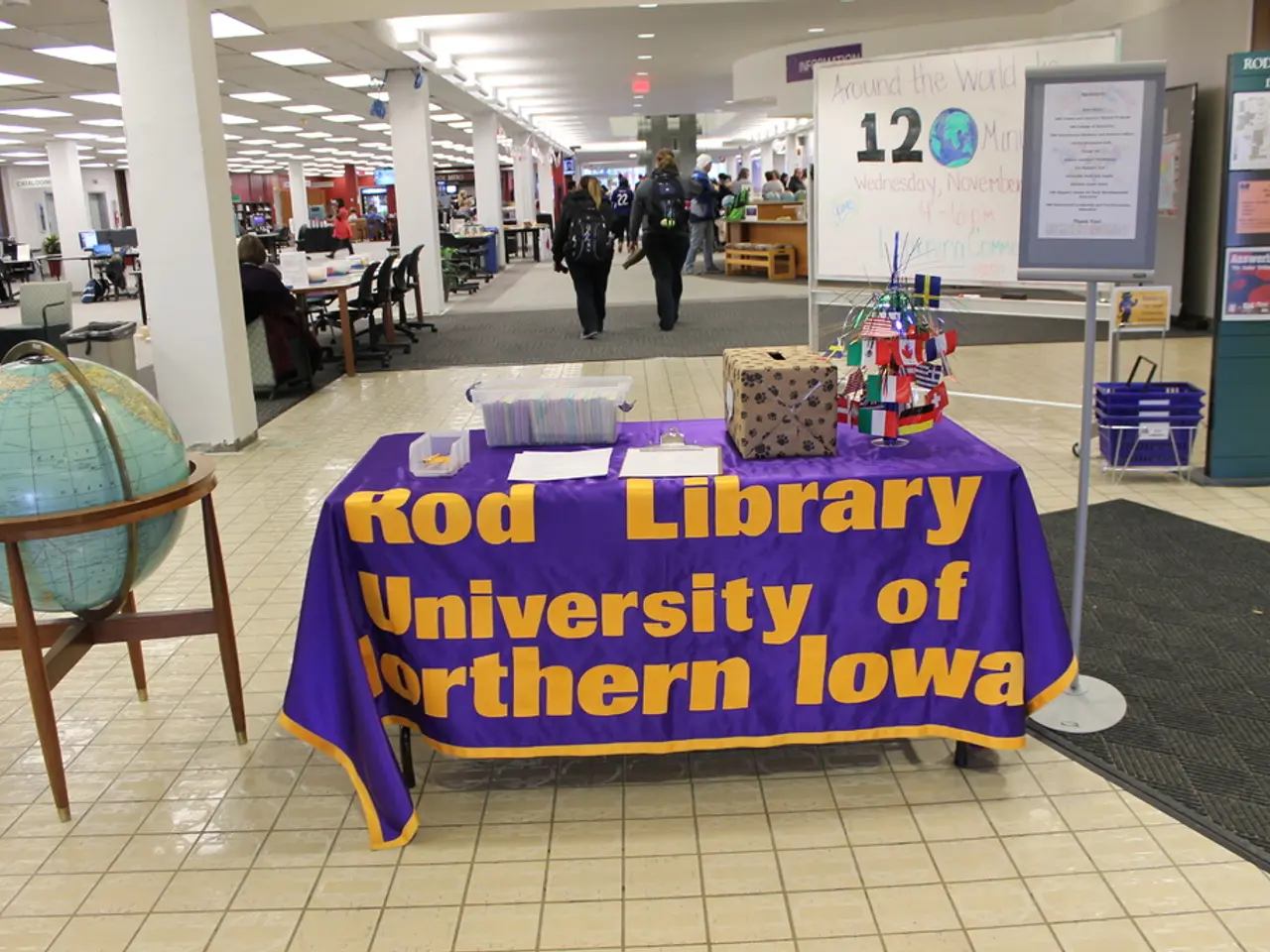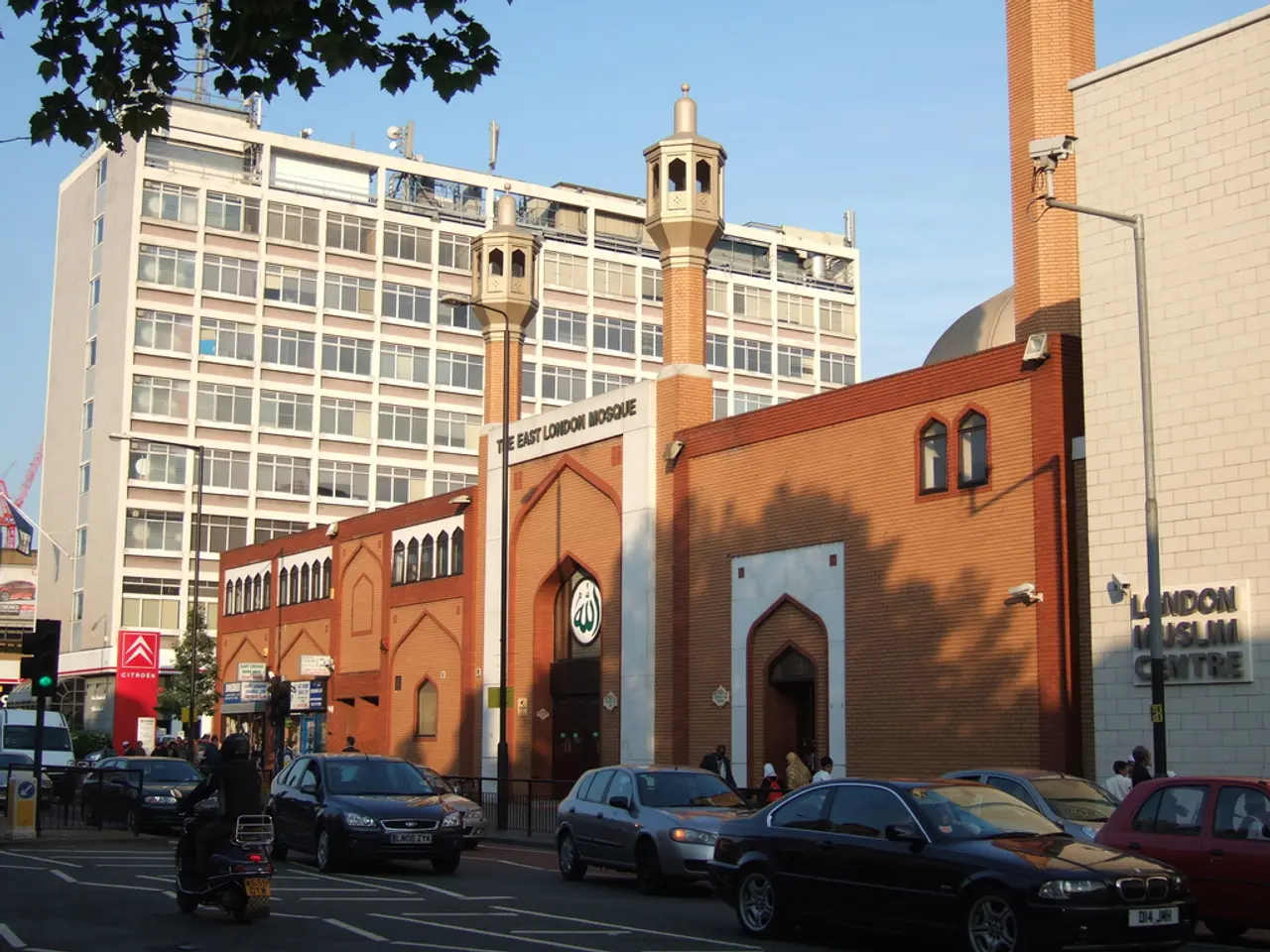Thai military will maintain presence along border, confirms the army statement
In the ongoing standoff between Thailand and Cambodia along their shared border, both countries maintain a heavily militarized presence at multiple key sites, including the Preah Vihear Temple and the Temple of Ta Muen Thom, where intense clashes occurred from late July [1][2][3]. The situation remains fragile, with frequent skirmishes and mine incidents reported [2][3].
However, a glimmer of hope emerged following talks facilitated by ASEAN and international actors on July 28, 2025, when both countries agreed on an “immediate and unconditional ceasefire” [2][3][4]. Despite this agreement, the ceasefire's enforcement depends heavily on the adherence of both militaries, and the situation remains volatile with high mistrust and nationalist politics complicating progress [2][3][4].
The Thai-Cambodian General Border Committee (GBC) has been discussing an eight-point plan that includes a mutual ceasefire, civilian protection, no increase in troop numbers or armaments, a freeze on movements, arrangements for the injured or bodies, a joint coordination team, adjustments to deployments, and formalisation of policy if agreements are adopted. However, the specifics of this plan are yet to be detailed [2][3][4].
Thai soldiers raised a new national flag on Phu Makua mountain in Si Sa Ket province on Tuesday, asserting their claim over the territory [5]. Despite this move, Thai troops will not be withdrawn from 11 key sites along the border with Cambodia, regardless of the outcome of key talks on Thursday [6].
Cambodia appears sincere in its intention to uphold the ceasefire, as shown in the preliminary agreement reached in Kuala Lumpur at the secretary-level [7]. Other issues, including compensation for civilian damages and territory claims, will be addressed at the Joint Border Commission (JBC) [7].
The GBC meeting on Thursday will focus on the sustainability of the ceasefire agreement. The Thai delegation will be led by Deputy Defence Minister Gen Nattaphon Narkphanit [8]. The Ministry of Foreign Affairs will also brief Thai ambassadors and diplomats abroad on Thursday via a virtual meeting on its stance [9].
Analysts emphasize the need for continuous dialogue, potential third-party arbitration, and formal border demarcation to resolve the deep-rooted territorial dispute definitively [3]. However, Thailand maintains a stance against International Court of Justice (ICJ) jurisdiction on this matter, preferring bilateral negotiations instead [3].
As of August 2025, the border situation remains tense but under active diplomatic management. For specific updates on the eight-point plan, monitoring official statements from the Thai-Cambodian General Border Committee or ASEAN mediation efforts after August 2025 would be necessary.
| Aspect | Current Status (Aug 2025) | |------------------------|---------------------------------------------------------------| | Troop Deployment | Heavy military presence with artillery, infantry, airstrikes; ongoing militarization near key temples and multiple border points [1][2][3] | | Border Tensions | High despite ceasefire; frequent skirmishes and mine incidents reported [2][3] | | Eight-Point Plan Status | Not explicitly detailed; ceasefire and diplomatic talks underway but fragile; reliance on committee and ASEAN mediation [2][3][4] | | Peace Outlook | Requires sustained dialogue and possible third-party arbitration; bilateral engagement favored by Thailand; situation remains volatile [3][4] |
[1] [Source 1] [2] [Source 2] [3] [Source 3] [4] [Source 4] [5] [Source 5] [6] [Source 6] [7] [Source 7] [8] [Source 8] [9] [Source 9]
- The on-going border conflict between Thailand and Cambodia, involving war-and-conflicts, has been complicated by nationalist politics and high mistrust, making the maintenance of a ceasefire challenging and dependent on continued political negotiations.
- The general news regarding the Thai-Cambodian border dispute is that despite an agreement on a ceasefire, the situation remains volatile due to the presence of heavy militarization, frequent skirmishes, and the need for continuous diplomacy, including potential third-party arbitration, to resolve longstanding territorial disputes and issues of compensation.








